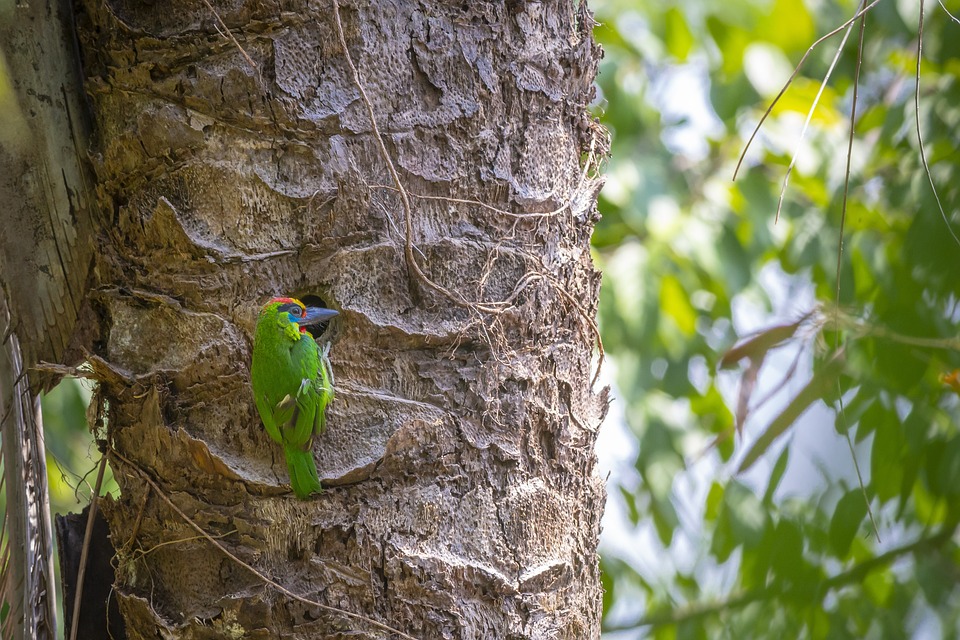Parrots are highly intelligent and social creatures that require mental stimulation and physical exercise to lead a happy and healthy life. Encouraging your parrot to engage in independent play is essential, as it helps prevent boredom, stimulates their natural instincts, and strengthens the bond between you and your feathered friend. In this article, we will explore effective strategies to provide mental stimulation and promote independent play for your parrot.
Creating an Enriched Environment
One of the first steps in encouraging independent play for your parrot is to create an enriched environment. This involves providing a variety of toys that cater to your parrot’s different interests. Toy rotation is important to prevent boredom, so regularly introduce new toys and remove old ones. Some popular toy options for parrots include puzzle toys, foraging toys, and chew toys.
Puzzle toys engage your parrot’s problem-solving skills and can be filled with treats or rewards. These toys require your parrot to manipulate objects to access the treats, providing mental stimulation and entertainment. Foraging toys, on the other hand, simulate the parrot’s natural foraging instincts. You can hide treats or food around their environment or use specially designed foraging toys to encourage your parrot to search and explore.
Training and Teaching Tricks
Training your parrot and teaching them tricks is not only a fun activity but also a great way to provide mental stimulation. Clicker training is a popular method that uses positive reinforcement and a clicker sound to mark desired behaviors. By associating the clicker sound with a reward, you can train your parrot to perform various tricks.
Start with simple tricks like “wave,” “turn around,” or “fetch” and gradually increase the difficulty level as your parrot becomes more proficient. The training sessions should be short and frequent, as parrots have limited attention spans. Always use positive reinforcement, such as treats or verbal praise, to reward your parrot’s efforts.
Out-of-Cage Time and Socialization
Allowing your parrot to have regular out-of-cage time is crucial for their mental and physical well-being. Parrots are naturally curious and love to explore their surroundings. Provide a safe and supervised space for your parrot to fly and play outside their cage. This will not only provide them with physical exercise but also stimulate their minds as they investigate their environment.
Social interaction is another important aspect of promoting independent play and mental stimulation for your parrot. Spend quality time with your parrot, engaging in activities that promote interaction and mental stimulation. This can include talking to your parrot, playing games, or simply sitting nearby while they play with their toys. Parrots are highly social animals and thrive on human interaction.
FAQs (Frequently Asked Questions)
Q1. How long should I allow my parrot to engage in independent play each day?
The amount of time your parrot should engage in independent play each day will depend on their individual needs and preferences. However, it is recommended to provide at least a few hours of out-of-cage time and mental stimulation each day.
Q2. What are some signs that my parrot is bored and in need of mental stimulation?
Some signs that your parrot may be bored and in need of mental stimulation include excessive screaming, feather plucking, aggression, or destructive behavior. These behaviors can be a result of boredom and lack of mental stimulation.
Q3. Can I leave my parrot alone with toys for extended periods?
While toys can provide entertainment and mental stimulation for your parrot, it is important to remember that they still require social interaction and companionship. Leaving them alone with toys for extended periods can lead to feelings of loneliness and isolation.
Q4. What are some recommended toy materials for parrots?
Parrots enjoy toys made from a variety of materials, including wood, natural fibers, and non-toxic plastics. Avoid toys with small parts that could be a choking hazard and regularly inspect toys for any signs of wear or damage.
Q5. How do I introduce new toys to my parrot?
When introducing new toys to your parrot, it is important to do so gradually. Place the new toy near their cage or play area and observe their reaction. Some parrots may take time to warm up to new toys, while others may immediately show interest. Be patient and allow your parrot to explore the toy at their own pace.
Conclusion
Encouraging your parrot to engage in independent play and mental stimulation is crucial for their overall well-being. By providing an enriched environment, teaching tricks, allowing out-of-cage time, and promoting social interaction, you can ensure that your parrot leads a fulfilled and happy life. Remember, each parrot is unique, so observe your bird’s preferences and adapt your approach accordingly.









